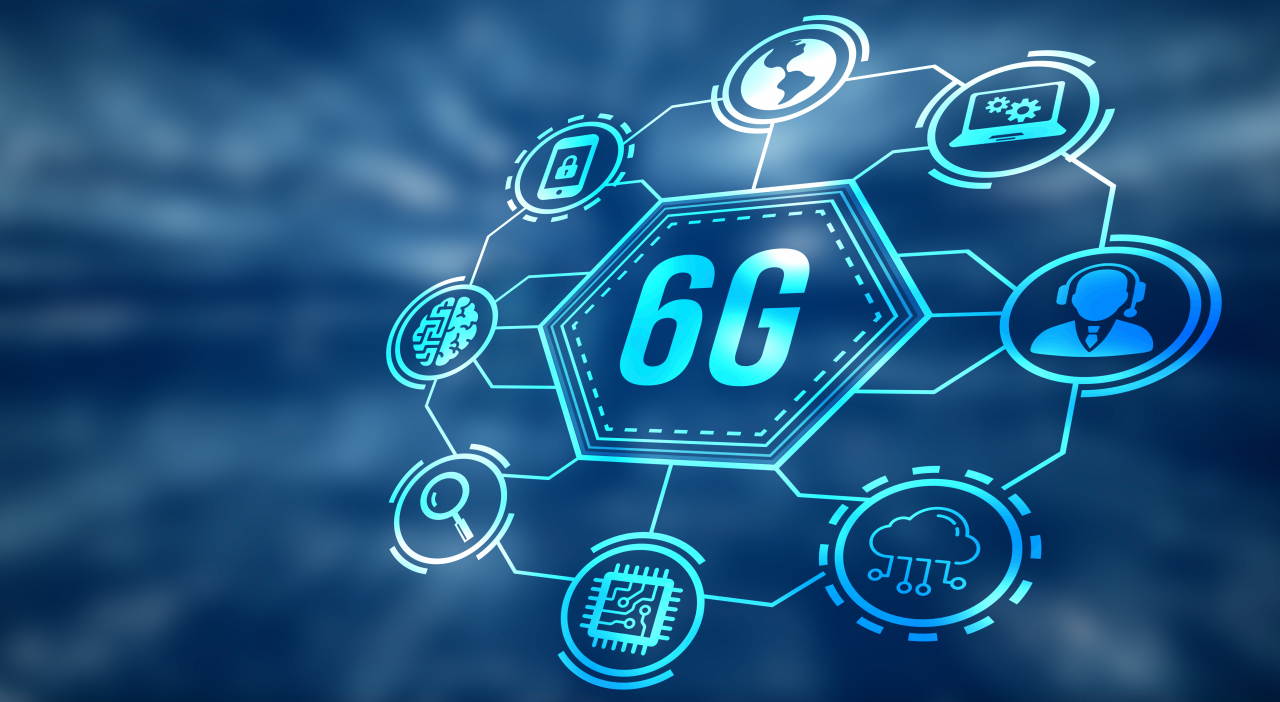 |
(123rf) |
South Korea will demonstrate the sixth generation of wireless technology to the world in 2026, the Ministry of Science and ICT said Monday as it unveiled the government’s network advancement plan called the "K-Network 2030" strategy.
In order to carry out the technical display, the Korean government will host an international event, tentatively called 6G Vision Fest, to invite leading telecommunication companies, experts and ministerial-level state officials from across the world.
The ministry said it is currently undergoing a preliminary feasibility review of research and development projects worth 625.3 billion won ($482.7 million). The projects, once approved, will include developing 6G technology for commercialization, Open Radio Access Network -- commonly known as Open RAN -- as well as relevant materials, parts and equipment.
According to German patent analysis Iplytics, Korea ranked second behind China in the global standard patent share of 5G wireless technology at 25.9 percent. The ministry plans to secure a 30 percent or higher share of 6G standard patents with policy and financial support.
Under the K-2030 Network strategy, the government will launch low-earth orbit communication satellites in 2027 to test the core technology of antennas and modems in preparation for future communication services’ spatial expansion into the air from the ground. The low-earth orbit communication satellites will begin their application in the defense sector after 2030.
The ministry said the government also plans to push for setting up a test network of quantum internet, expanding quantum cryptography into the public sector and developing post-quantum cryptography to secure the quantum communication market.
As for the existing network infrastructure, the ministry said it will upgrade private networks to enhance the internet connection quality with an introduction of the next-level Wi-Fi in 2024. The government plans to double the speed of backbone networks by 2026 and quadruple it by 2030 while installing additional submarine communications cables.
The ministry will secure the technology of artificial intelligence semiconductors to optimize the electricity usage of telecommunications networks.
The ministry will establish a network software support system, Network SW House, and begin operations next year to help the country’s network software sector grow to cope with the evolving ecosystem of the network.
The government plans to increase the number of information and communication technology research centers at universities to foster network professionals and establish a new graduate school for them this year.
“Networking is an essential foundation for providing digital services and a core factor of national security and major state-level industry. Through preemptive investment for next-generation network technology such as 6G, Open RAN and satellites, we will take part in the battle of global technology supremacy based on cooperation between the public and private sectors,” said Lee Jong-ho, Minister of Science and ICT.
Lee discussed action plans for the K-Network 2030 strategy with officials from Samsung Electronics, LG Electronics and the state-run Electronics and Telecommunications Research Institute at Samsung Electronics’ R&D campus in Seoul.
“We will continue to support the advancement of our companies’ competitiveness in preparation for a paradigm shift of network centered around cloud and software so that Korea’s global market share and network equipment export can be expanded,” he added.






![[Today’s K-pop] Blackpink’s Jennie, Lisa invited to Coachella as solo acts](http://res.heraldm.com/phpwas/restmb_idxmake.php?idx=644&simg=/content/image/2024/11/21/20241121050099_0.jpg)
